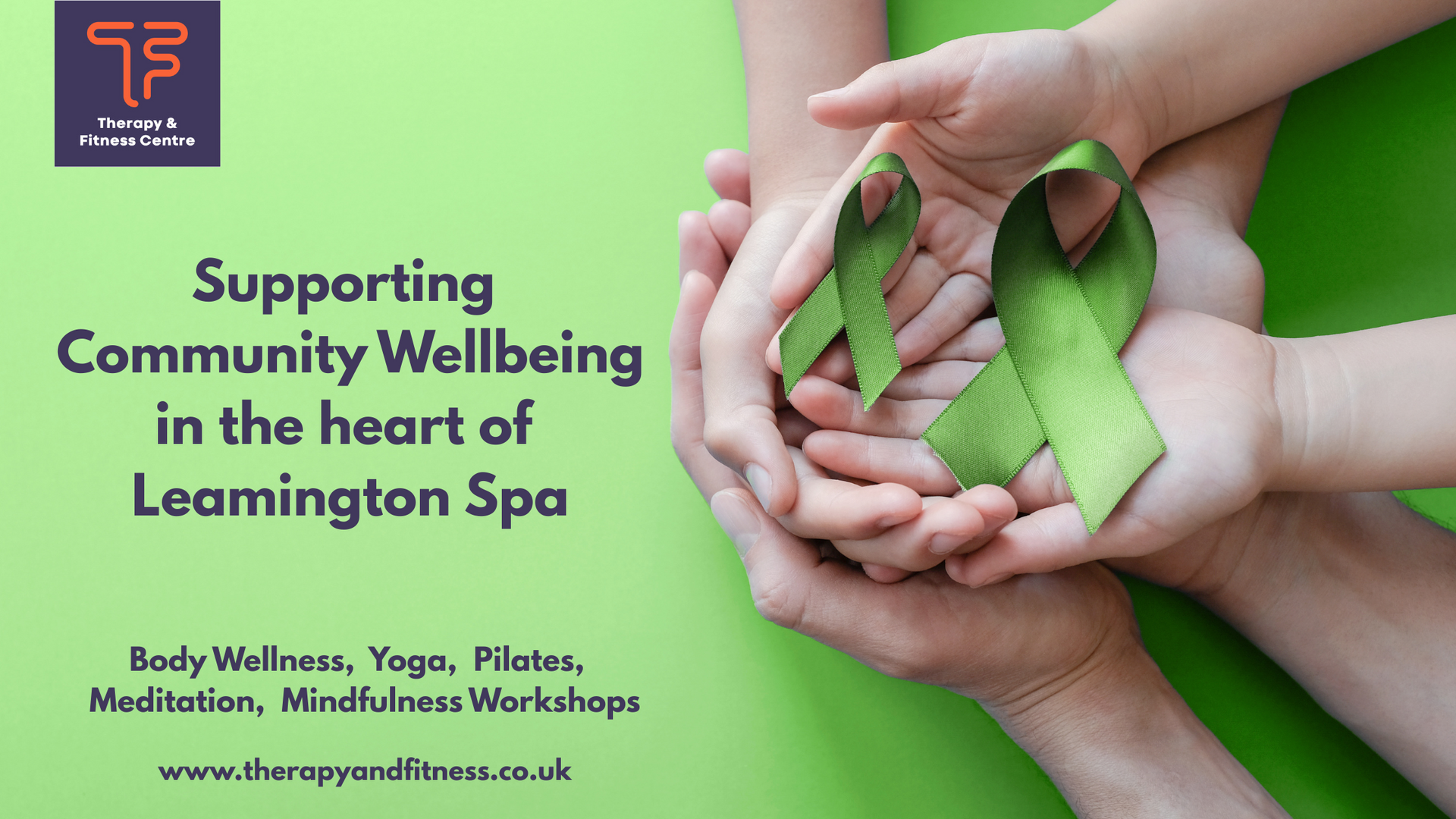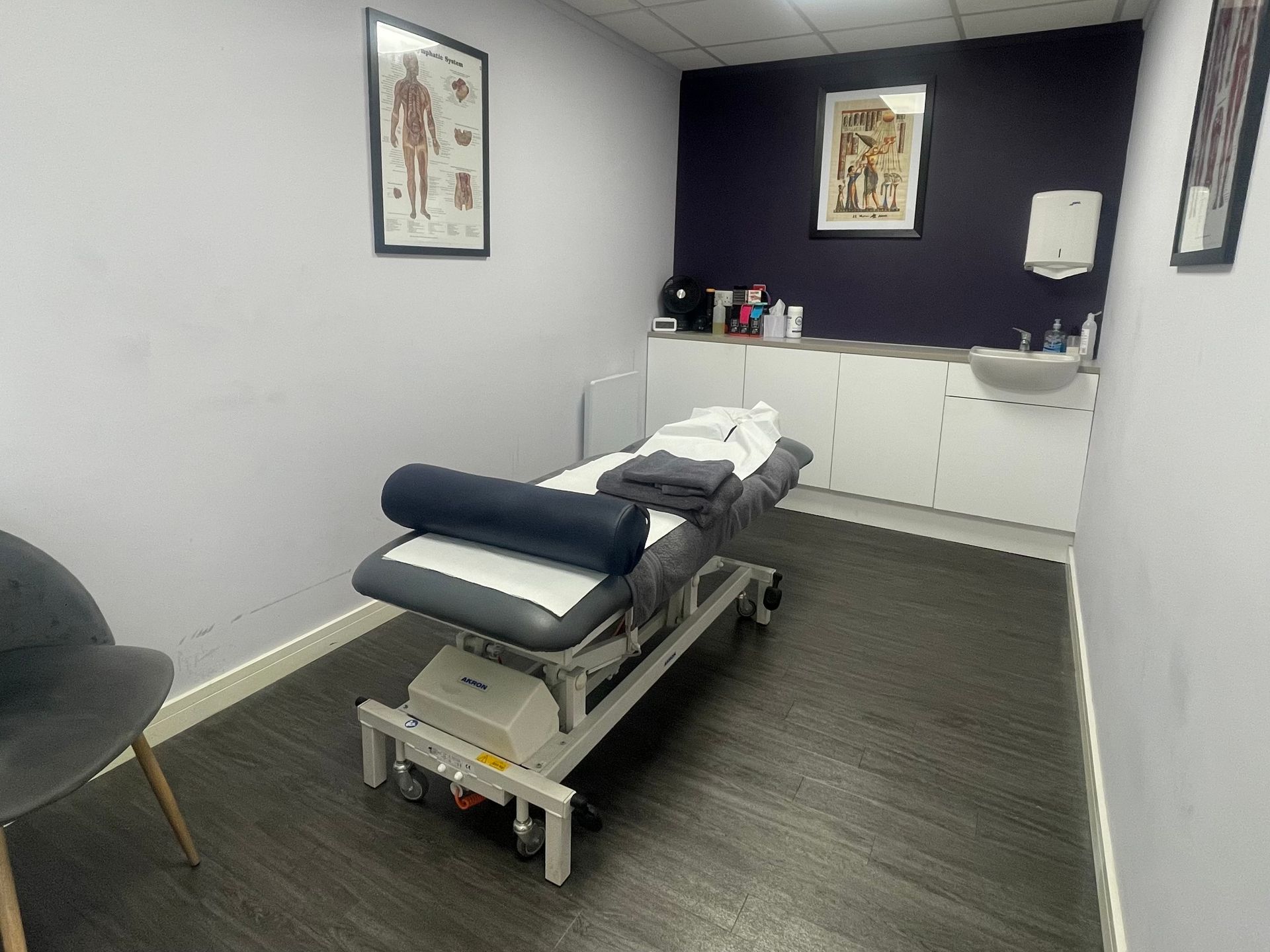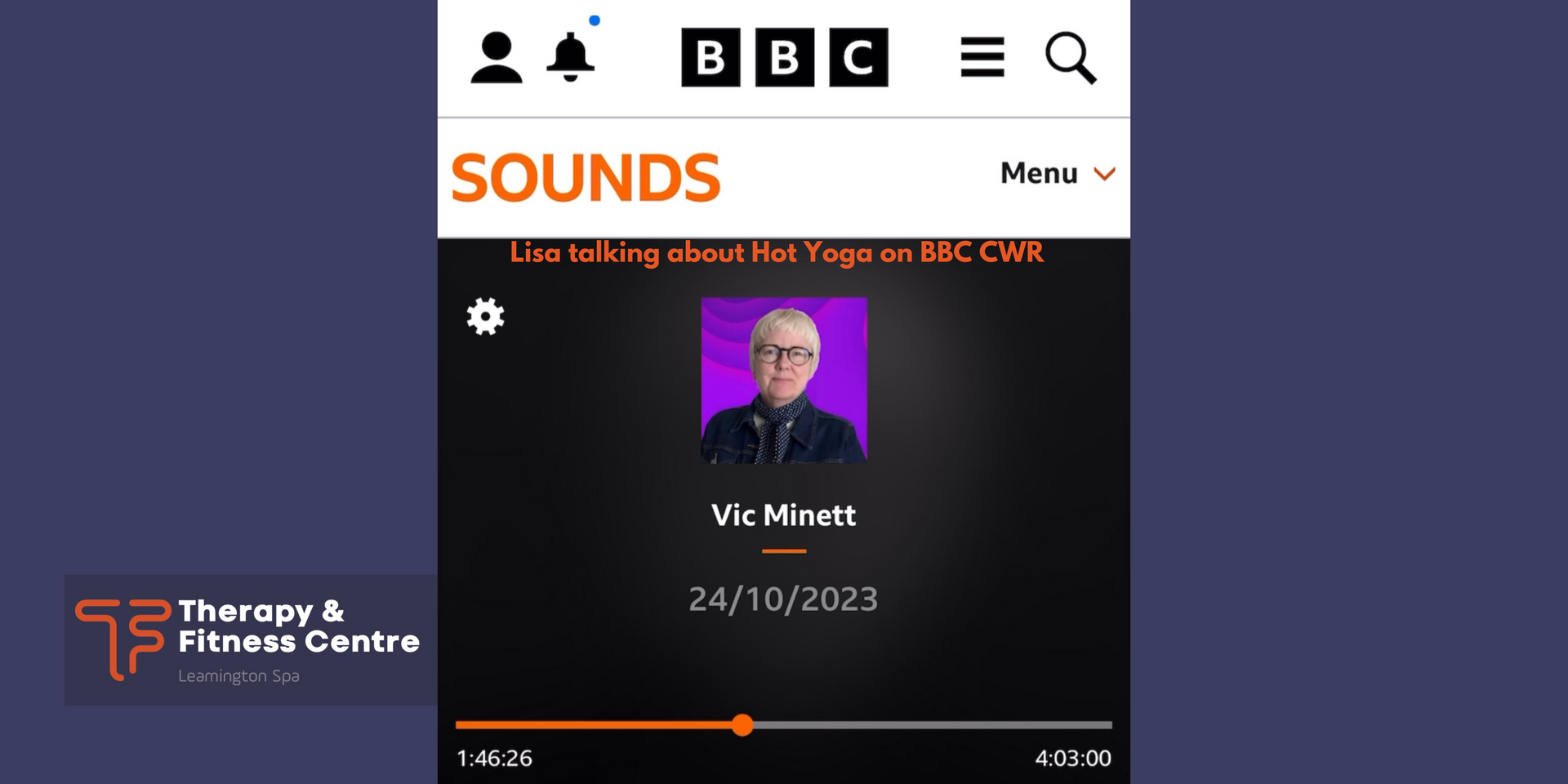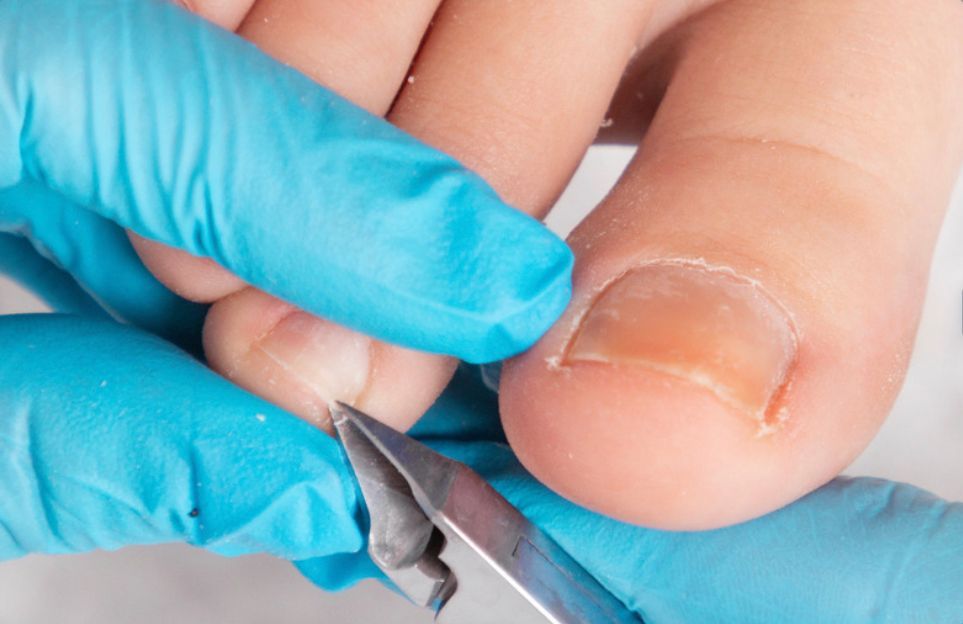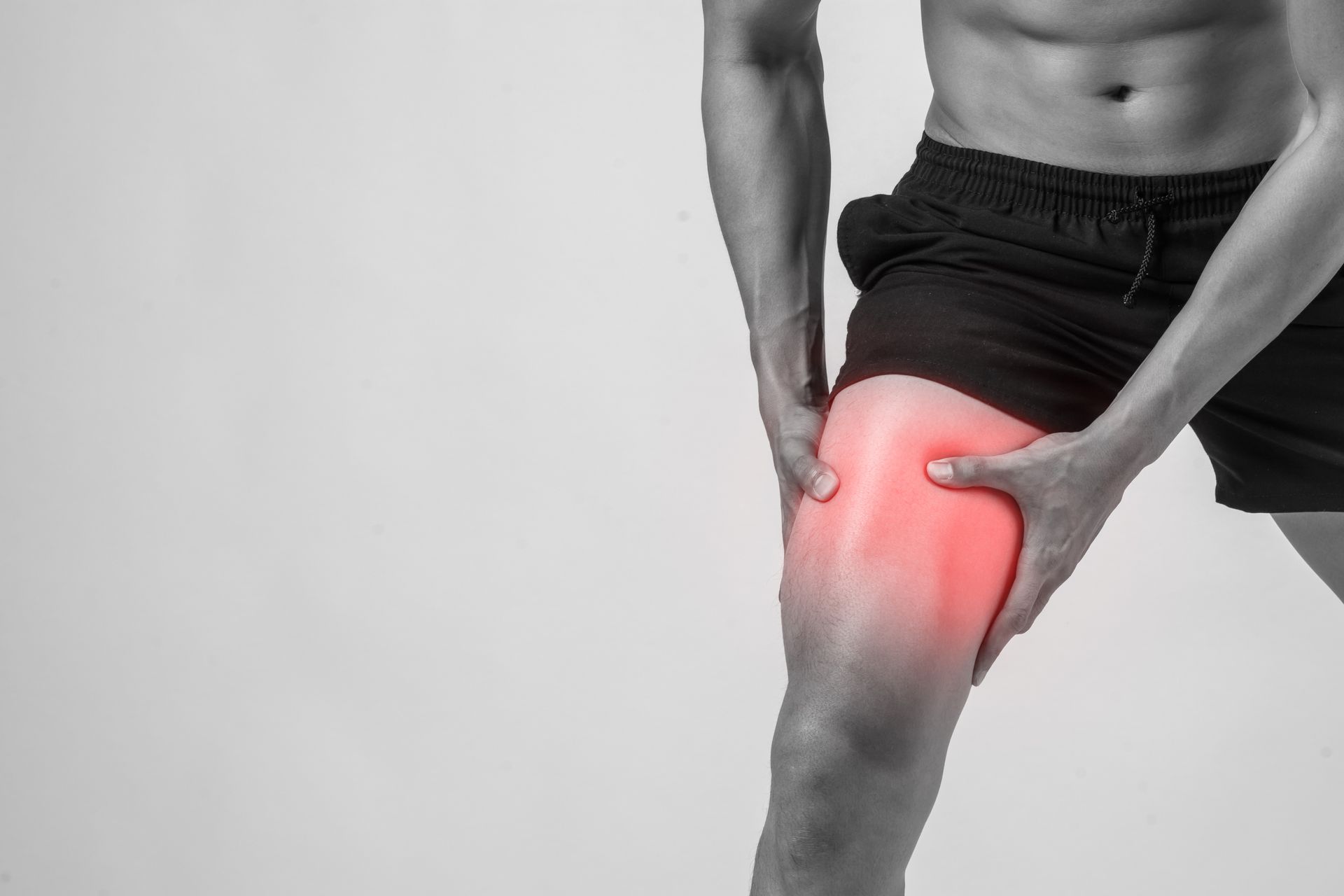What does manual lymphatic drainage massage do?
What does manual lymphatic drainage massage do?
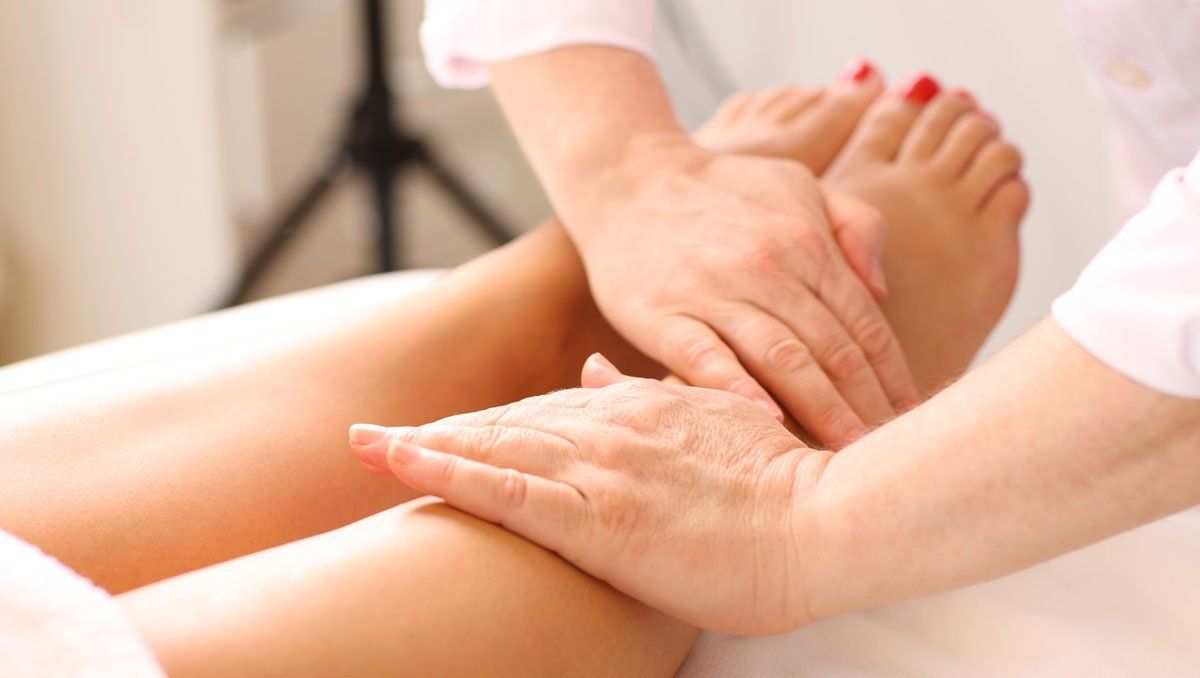
Manual lymphatic drainage massage must be done by a qualified and experienced therapist. The massage involves extremely gentle, non-invasive manipulation of certain areas of the body to help lymph move to an area with lymph vessels that are working. The treatment helps to remove swelling that happens when illnesses or medical treatments block the lymphatic system. It is a very light and relaxing treatment.
What is the purpose of manual lymphatic drainage massage?
To detox, remove waste and reduce swelling before and after surgery.
When is manual lymphatic drainage used?
Manual Lymphatic Drainage is a powerful and effective massage treatment. It is commonly used to assist the movement of stagnant or excessive lymph fluid (oedema) due to a traumatic injury, surgery, genetic or medical conditions. Additionally, MLD can be useful in improving the body's immune system by generating antibodies.
What is manual lymphatic drainage good for?
- To relieve painful swelling in the body caused by lymphedema
- To help post surgery recovery, in particular cosmetic surgery
- Detoxing, especially after long term use of prescribed medications
- Helps decrease fluid collection after Botox injections
What is Lymphedema?
Localised swelling of the body due to a collection of lymphatic fluid.
What does lymphedema look like?
Common signs and symptoms of lymphedema can include: Swelling in part of the body (such as your breast, chest, shoulder, arm, or leg). Skin feeling tight or hard, changing in texture, looking red, or feeling hot. New aching, tingling, numbness, or other discomfort in the area.
What are the benefits of Lymphatic Drainage Massage?
- Reduces swelling and water retention
- Improves the immune system due to the important elimination of toxins
- Minimises the appearance of cellulite by reducing the amount of fluid that presses up against the cross-hatched fibres beneath your skin
Who needs Manual Lymphatic Drainage?
Lymphatic drainage massage has been used for people with lymphedema, which involves swelling, generally in one of your legs or arms. The swelling is caused by lymph fluid that is collected in the soft tissues, due to genetic disorders, injury, infection, cancer treatment, or surgery.
What are the signs and symptoms of lymphatic dysfunction?
- skin changes
- skin discolouration
- blisters
- leaking of fluid from the skin
- infection
How long does it take for lymphatic drainage to work?
The cycle of lymph drainage varies from person to person. Immediate results are general lightness and deep relaxation. The fluid drainage can occurs 24-48 hours post session. The difference in drainage also varies from person to person, depending on the health of their lymphatic systems.
How do you feel after lymphatic drainage?
Generally, your limbs feel light, you are more relaxed, you see a reduction in the appearance of cellulite, and feel more energy.
Why shouldn't I have Manual Lymphatic Drainage Massage?
- Acute inflammation
- Malignant tumors
- Thrombosis
- Major heart problems
- Severe kidney problems
Can a clogged lymphatic system cause weight gain?
Yes, in three ways:
- uncontrolled lymphedema causes the accumulation of excess fluid
- advanced lymphedema (Stage II / II) causes abnormal fat to develop in the affected limb
- weakened lymphatic drainage in otherwise healthy limbs encourages local adipose tissue to resist calls to breakdown fat
Does lymphatic massage help you lose weight?
A lymphatic drainage treatment can help with weight loss and general health. A lymphatic drainage treatment can help get the lymph flowing, help the body get rid of excess weight caused by fluid and give a fresher appearance with unclogged pores and less puffy looking skin.
How does lymphatic system get rid of fat?
The dead fat cell and its content is absorbed into the lymphatic vessels – whereby it travels through to the venous blood supply, into the liver. The liver processes this and then deposits the waste material (fat cell and lipid) – flushing it out of the body through the natural elimination system.
Where is lymph finally drained to?
Lymph is finally drained into one of the subclavian veins.
Where does lymphatic waste go?
The lymph fluid carries the waste products and destroyed bacteria back into the bloodstream. The liver or kidneys then remove these from the blood. The body passes them out with other body waste, through bowel movements or urine.
Aftercare advice for Manual Lymphatic Drainage
- Loosen tight clothing to encourage the lymph flow
- Increase your water intake over the next few days after treatment
- Reduce your caffeine intake
- Avoid hot baths, saunas etc, for at least a couple of hours
- Avoid alcohol for 24 hours
- Try to reduce smoking (if you smoke)
What are the benefits of Manual Lymphatic Facials?
Lymphatic drainage helps to clear away toxins below the skin surface. When practiced regularly, it promotes blood flow, smoothes fine lines and improves your complexion so you look more radiant. Not surprisingly, it's particularly recommended for anyone prone to dull skin. It is also beneficial for people who have regular botox injections as these reduce the movement of the muscles which stops lymph fluid from draining efficiently.




